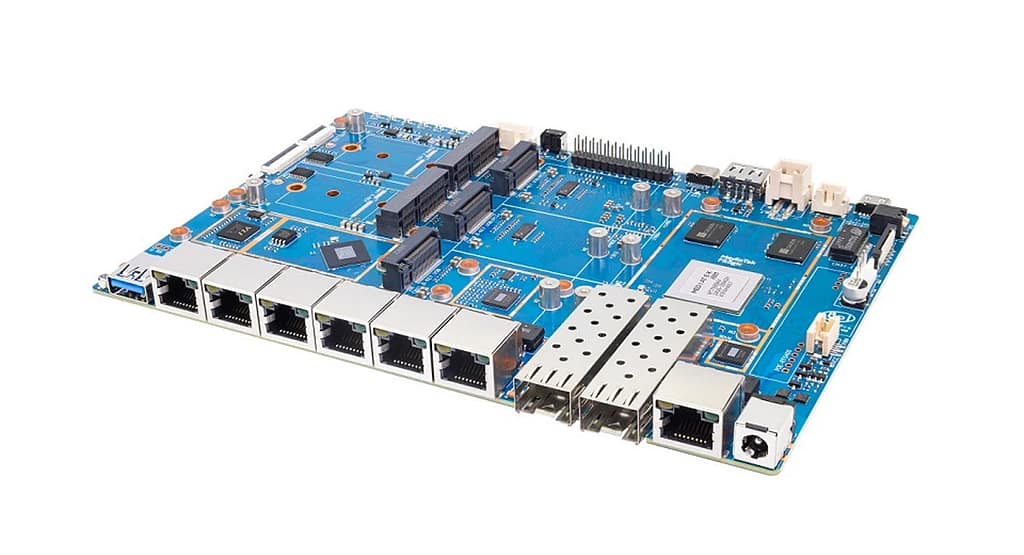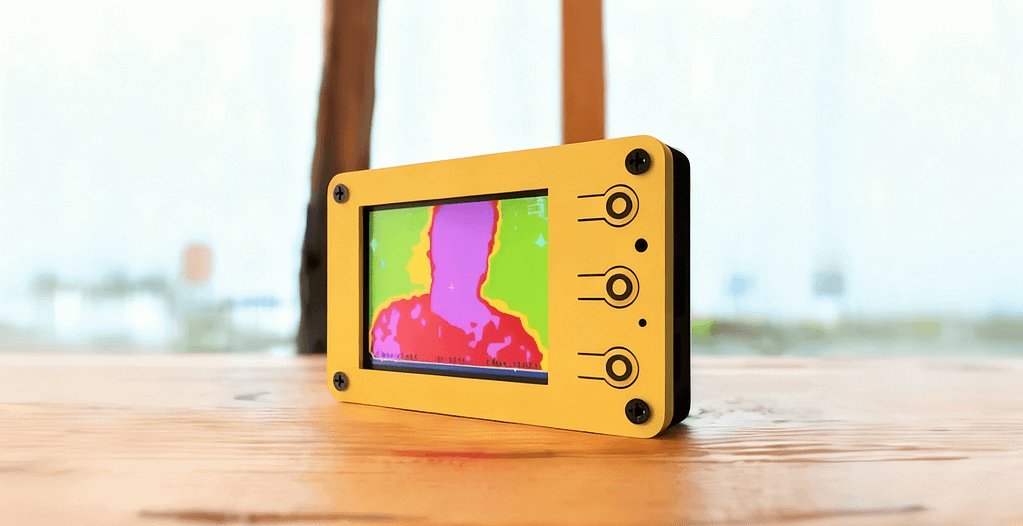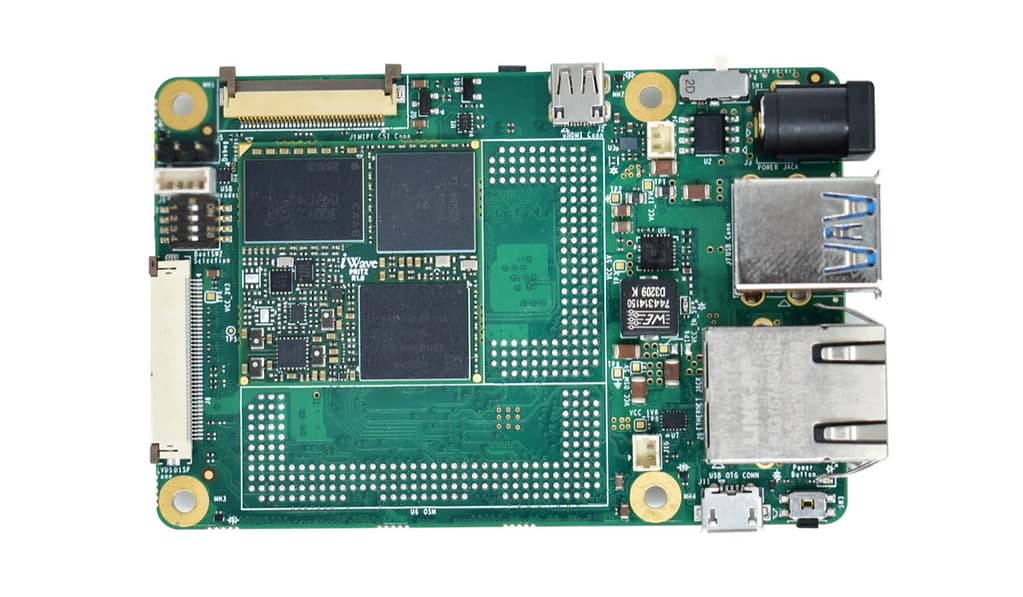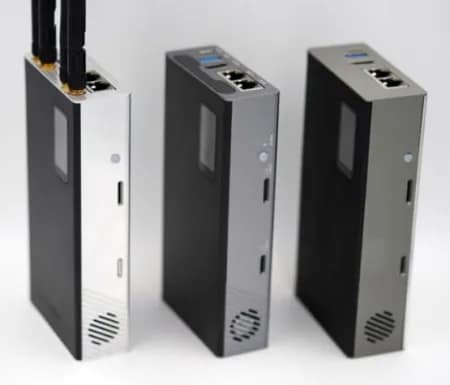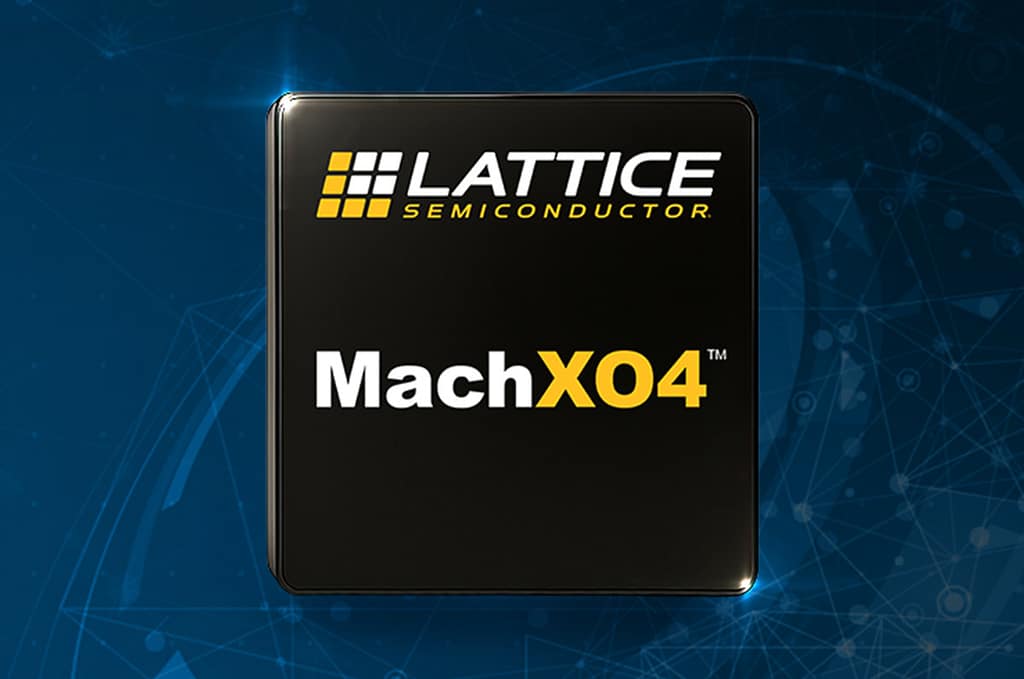Banana Pi has recently unveiled preliminary details about its upcoming single-board computer (SBC), the BPI-F5, which is built around the Allwinner T527 system-on-chip (SoC). This SoC integrates a rich set of processing units, including an octa-core Cortex-A55 CPU, an ARM G57 MC1 GPU, a HiFi4 DSP, a 2TOPS NPU (Neural Processing Unit), and a RISC-V MCU dedicated to real-time tasks. With this hardware foundation, the BPI-F5 is positioned primarily for industrial control, automotive electronics, and diverse edge computing applications.
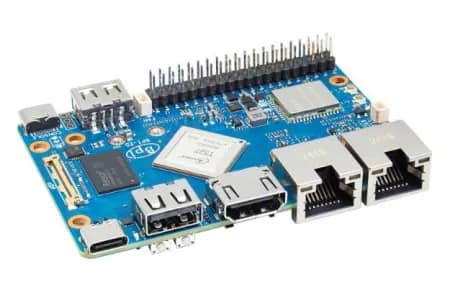
The Allwinner T527 itself is not new—it has already been adopted in devices such as the Cubie A5E and Orange Pi 4A. Designed with ARM DynamIQ big.LITTLE architecture, its eight Cortex-A55 cores run at up to 1.8GHz, balancing performance with power efficiency.

Allwinner T527 Block Diagram
Beyond its CPU cluster, the T527 integrates multiple specialized modules:
- The ARM G57 MC1 GPU handles baseline graphics workloads.
- The HiFi4 DSP, running at up to 600MHz, is optimized for audio signal processing.
- The 2TOPS NPU is tuned for AI inference tasks at INT8 precision.
- The RISC-V MCU supports real-time operating systems (RTOS), making the SoC suitable for mixed embedded workloads.
Memory and Storage
The BPI-F5 comes with 2GB or 4GB LPDDR4x RAM (up to 4GB supported). Storage options include 8GB or 32GB eMMC (32GB by default), with an additional microSD slot for expansion.

BPI-F5 Top & Bottom View
Connectivity and Interfaces
The board features dual Gigabit Ethernet ports, onboard Wi-Fi 6 (802.11ax), and Bluetooth 5.3. For display, it offers HDMI 2.0b output (up to 4K@60fps), eDP, and MIPI DSI. Audio can be output via HDMI or a headphone jack.
Expansion is extensive, with:
- A 40-pin GPIO header
- An M.2 Key B slot
- MIPI CSI/DSI connectors for camera and display modules
- Multiple UARTs and debug interfaces
USB and Power
The BPI-F5 includes two USB 2.0 host ports, one USB Type-C 3.0 port, and a USB Type-C port with Power Delivery (PD) support. Power input is 12V DC via USB Type-C.
Additional Features
- Hardware buttons: Reset, FEL, NMI, Power
- Connectors for RTC battery and fan
- LED status indicators
Mechanical & Environmental
- Dimensions: 92 × 62 × 14.6 mm
- Weight: 42.3 g
- Operating temperature: -40°C to 80°C (wide-temperature design for harsh environments)
Availability
Although the Banana Pi BPI-F5 is not yet officially on sale, Banana Pi has already published early documentation and a full set of specifications on its Wiki. Engineers and developers interested in edge computing, industrial automation, or AI inference on embedded platforms can review these resources ahead of launch.
Banana Pi BPI-F5 Specifications
| Category | Details |
|---|---|
| Core Processor | Allwinner T527 SoC |
| CPU | Octa-core ARM Cortex-A55, DynamIQ big.LITTLE, up to 1.8GHz |
| GPU | ARM G57 MC1; supports OpenGL ES 3.2, Vulkan 1.1–1.3, OpenCL 2.2 |
| NPU | Up to 2TOPS INT8, with 512KB cache |
| DSP | HiFi4 architecture, up to 600MHz (audio signal processing) |
| MCU | RISC-V, up to 200MHz, RTOS support |
| Memory | Up to 4GB LPDDR4x (default: 4GB) |
| Onboard Storage | eMMC: 8GB or 32GB (default: 32GB) |
| Expandable Storage | 1× microSD slot |
| Networking | 2× Gigabit Ethernet (GbE), Wi-Fi 6 (802.11ax), Bluetooth 5.3 |
| Video Output | 1× HDMI 2.0b (up to 4K@60fps), 1× eDP, 1× MIPI DSI (4-lane, up to 4K@60fps) |
| Audio Output | HDMI audio, 1× headphone jack |
| Camera Support | 2× MIPI CSI connectors |
| USB | 2× USB 2.0 Host, 1× USB Type-C 3.0, 1× USB Type-C (Power Delivery) |
| Expansion | 40-pin GPIO header, 1× M.2 Key B slot, 1× SIM slot (cellular), multiple UART + debug |
| Power Supply | 12V DC via USB Type-C (PD) |
| Buttons | Reset, FEL, NMI, Power |
| Other Connectors | RTC battery header, fan header, LED indicators |
| Dimensions | 92 × 62 × 14.6 mm |
| Weight | 42.3 g |
| Operating Temperature | −40°C to 80°C (wide-temperature, industrial) |
| Status | Early documentation available; not yet on sale |

Banana Pi BPI-F5

